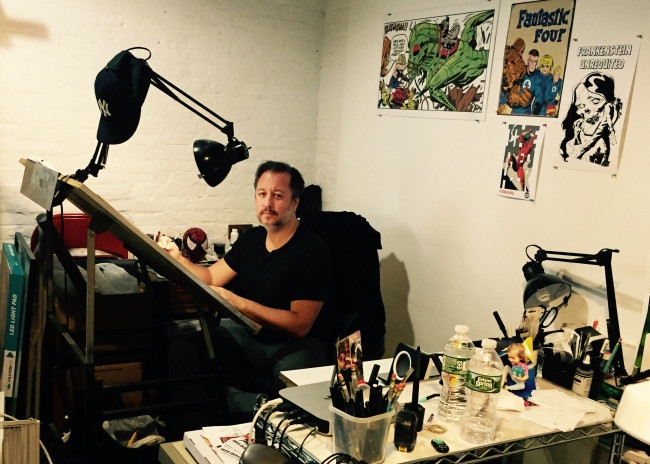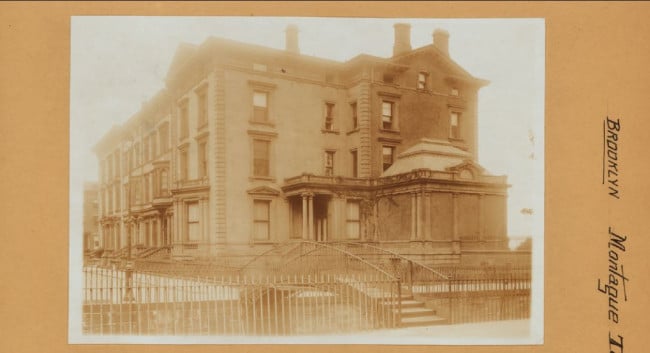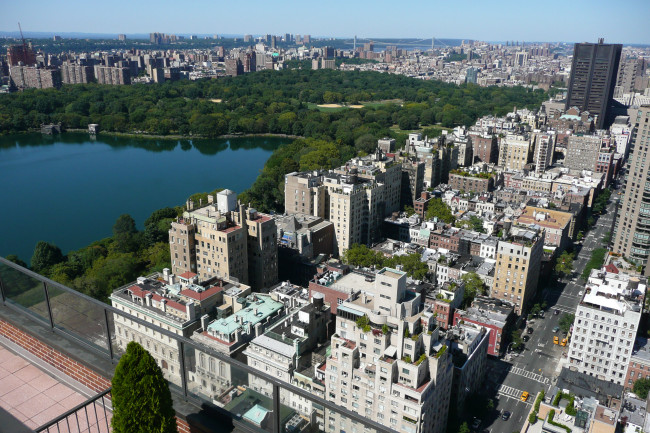Talking armored car robbery, Upper West Side nostalgia, and more with author Dan Wakin
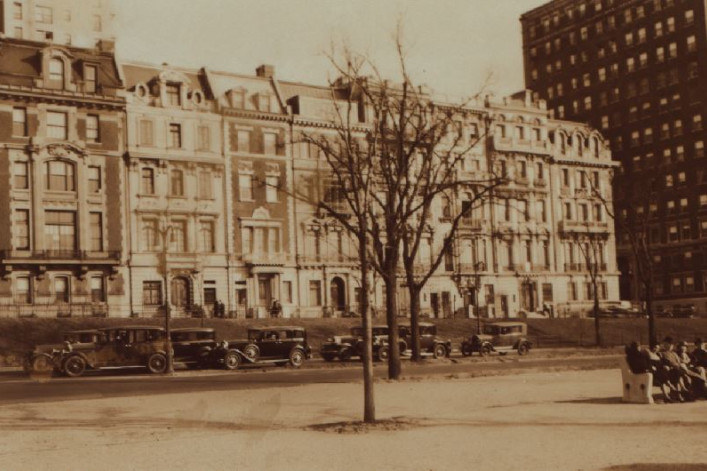
Eight Beaux Arts townhouses on Riverside Drive (seven are standing today) in 1932, two years before the armored car heist at the center of our interview subject's new book.
Author Dan Wakin lives in the apartment where he grew up on the Upper West Side. His building is just around the corner from seven Beaux Arts townhouses on Riverside Drive between West 105th and 106th streets—he calls them the Seven Beauties—that captured his imagination about 10 years ago. That was when Wakin wrote an article about their history for the New York Times metro section.
Once the article was done, he kept digging, uncovering ever more complex and seductive tales of the people who lived there and the significant and often forgotten roles they played in the history of the city.
“I worked on it in fits and starts,” he says.
After years of intermittent research, Wakin put everything together in a book with the irresistible title The Man with the Sawed-Off Leg and Other Tales of a New York City Block. The man of the title was a gangster who met an unfortunate end in one of the townhouses that was being used as a safe house for his gang in the 1930s. But, more about that later.
The book has an official publication date of January 23rd and Wakin will be giving a book talk for the Bloomingdale Neighborhood History Group on January 17th.
Wakin's day job is as deputy editorial director of NYT Global, the Times's international audience development arm. He sat down with us to talk about the Upper West Side that he remembers, and how it's changed, and to share a few teasers from his book. No spoilers, we promise.
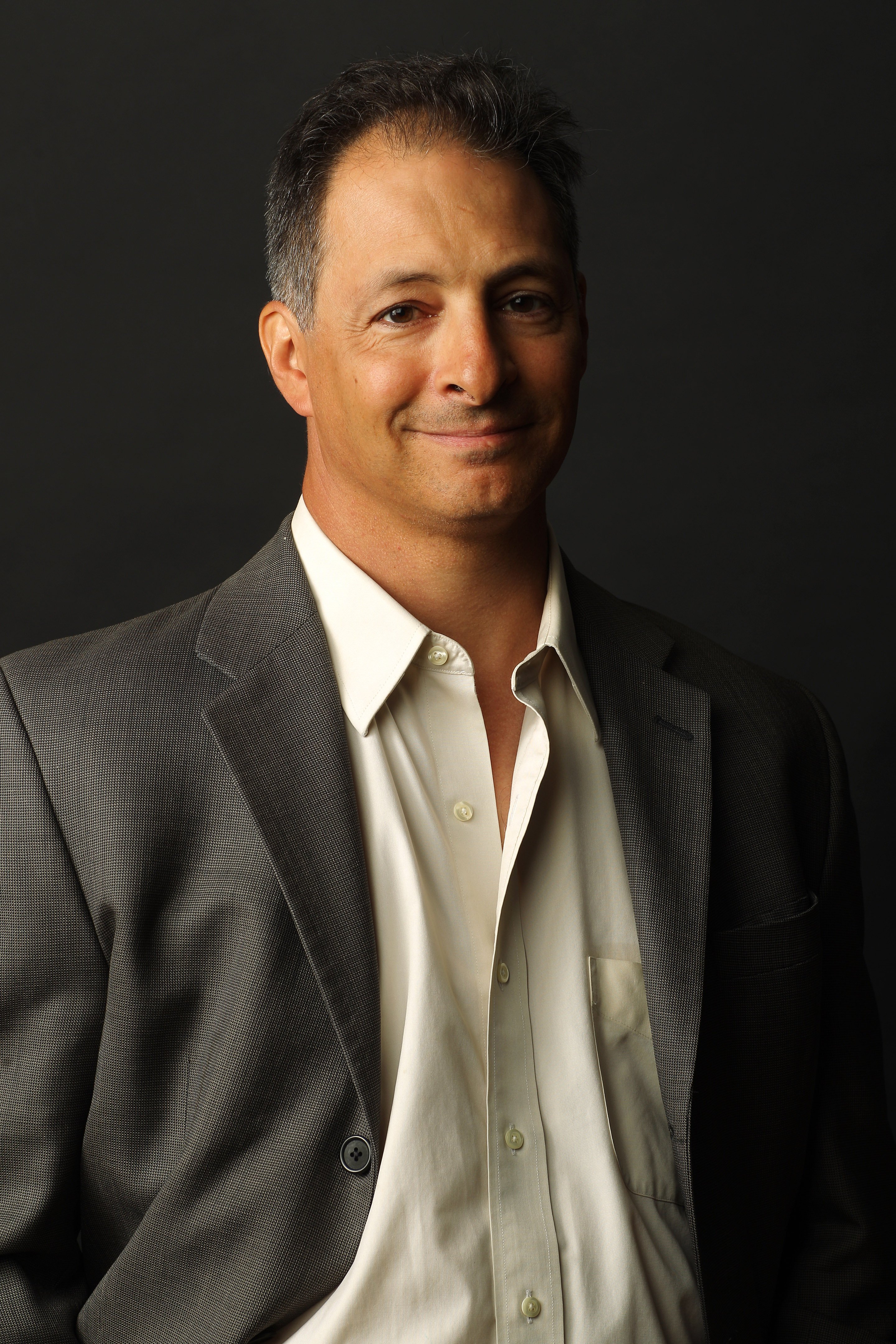
You now live in the apartment you grew up in on the Upper West Side. Have you always lived there?
Always, except for one long middle period of my life, lasting from departure for college until my return in 2000 with my wife and two children. I grew up there in the '60s and '70s with my mother, a professor at Columbia. I lived in other apartments on the Upper West Side in my 20s and then spent eight years living very far away from the nabe, in Rome and in Johannesburg. I was a foreign correspondent for The Associated Press during those years.
My mother died while we were overseas, and when the Times hired me in 2000, we moved back into her apartment “temporarily” while we figured out what to do. It was a little cramped—the apartment is a compact two-bedroom—but the boys had no problem sharing a room. Inertia reigned, and we just stayed, and now it is an empty nest.
The building went co-op in 1979, '80, when my mother scraped together what now seems like a hilariously pitiful sum to buy the place.
I went to elementary school at St. Hilda’s and St. Hugh’s School on West 114th Street and then to Collegiate [School] on West 77th Street. I walked to elementary school. To get to high school, I took the bus.
Who lived in the building when you were growing up? Has the mix changed?
There seemed to be a mix of elderly couples, a few families with kids my age (one of them has grown up and still lives in his childhood apartment), Columbia grad students, a fair number of single people, because two thirds of the apartments were one bedrooms. Now the income level of the residents has certainly gone up. There don’t seem to be as many grad students. Still lots of couples though.
And your block and the area around it? How has that changed over the years? Are the changes good, bad or in between?
New York’s sweeping prosperity, gentrification, and civic improvement have certainly touched my block and nearby streets. The general shabbiness of the 1960s and 1970s is gone, replaced by a more upper middle class, spruced- up quality. But the mix of poor, middle and prosperous remains. So does, thankfully, a good ethnic mix.
Of the two camps, the place-has-gone-to-hell side and the good-riddance-to-the-bad-old-days side, I’m in neither. I’m happy that the place is safer, Riverside Park is in great shape and Straus Park is a jewel, not a dump. I’m not happy with the forest of banks and increasing number of chain stores, and the loss of neighborhood joints.
I miss the one-story taxpayer buildings that permitted light and sky on Broadway but have been replaced by big buildings. One thing that hasn’t changed: the neighborhood is fundamentally unpretentious, despite the influx of money and prosperous residents. There still is a reasonably happy blend of races, religions and languages.
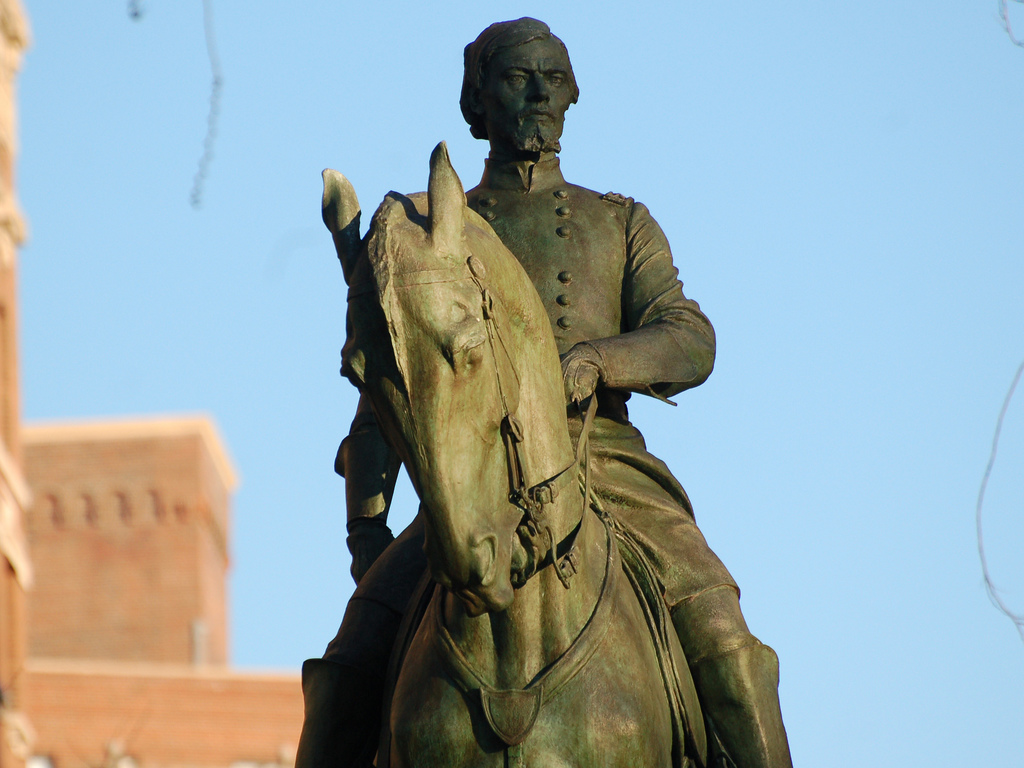
What are some of your most vivid memories of growing up on the Upper West Side? It was a pretty sketchy place back then, right?
Most New Yorkers share a category of vivid memories: crime scenes. The kids who stole my basketball, the theft of a beloved brand-new bike outside my school, and a few years later finding my car stolen, and being held up at gunpoint on 114th Street between Broadway and Riverside. I vividly remember the sound of gunfire and footsteps running down to Riverside Drive below the statue of Franz Sigel where two police officers had been shot in their patrol car in 1971 by radicals.
On the happier side, I remember endless games of handball, stickball, touch football and just general hanging out in the neighborhood. I remember walking home from primary school and stopping for a 25-cent slice. Above all I remember the feeling of warmth, of hominess, of looking out of my bedroom window at the buildings across the street and thinking, “This is the most comforting sight I could imagine."
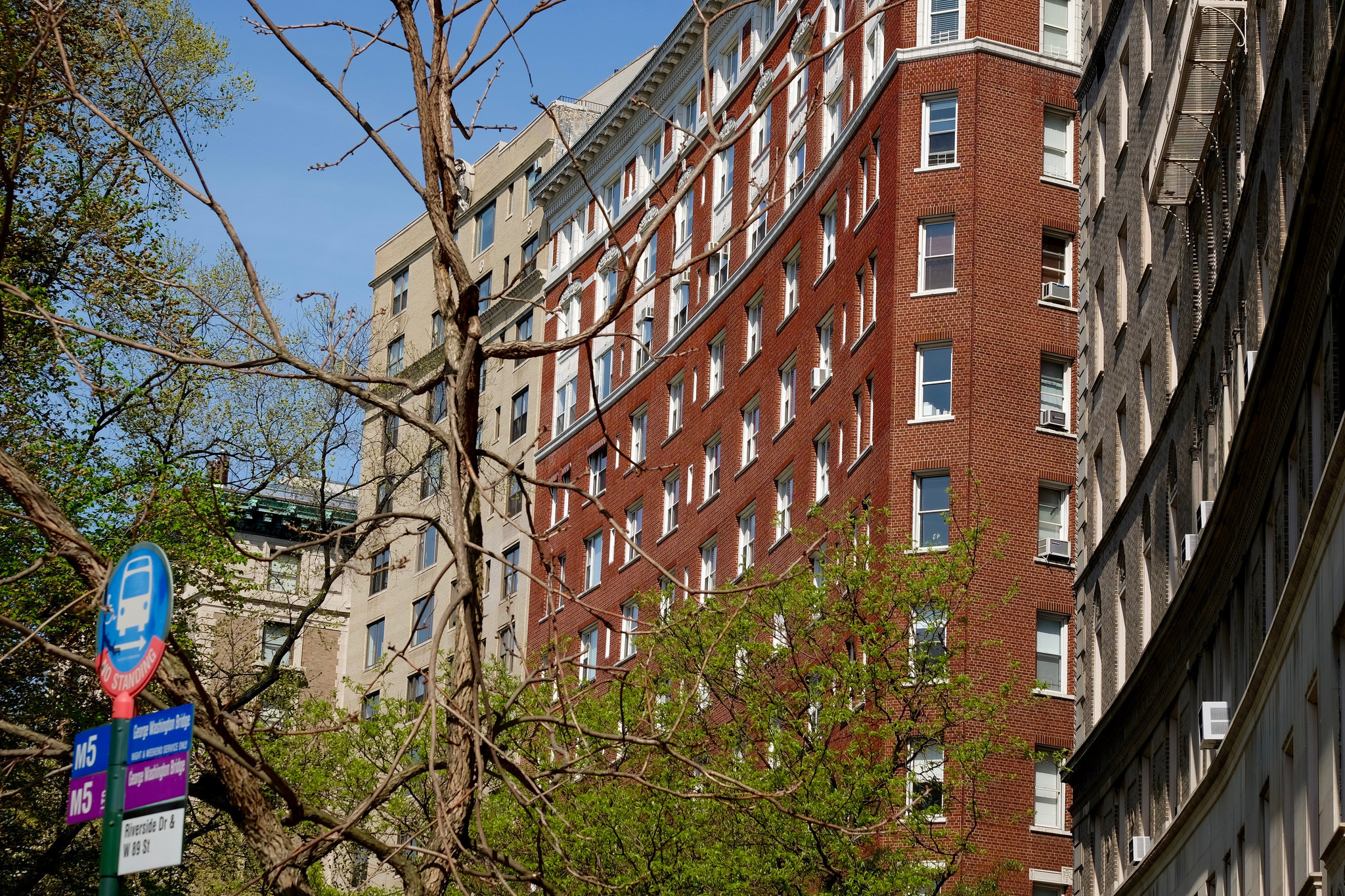
Do you think that most Upper West Siders have a sense of or interest in the history of their building/block/neighborhood?
I don’t know if most Upper West Siders have a sense of history about the neighborhood, but I think it’s probably a pretty strong feeling. The neighborhood tends to have people who live here for long stretches, who put down deep emotional roots. It’s got plenty of history, relatively little development, and so it’s fertile ground for historical interest.
The Bloomingdale Neighborhood History Group is a case in point. There’s even a nostalgia Facebook group for the neighborhood, Growing Up On the Old Upper West Side. I’m a fan. The high concentration of big institutions, like Columbia [University], the old St. Luke’s and St. John the Divine (although technically in Morningside Heights), plus two of the city’s great parks and many civic monuments (Grant’s Tomb, the Soldiers and Sailors Monument, the Tilden, Sigel, Joan of Arc statues, etc.) all put history right in front of our faces every day.
There’s also this special sense of nostalgia that the writer Justin Davidson so astutely identified in his fantastic recent book about New York’s neighborhoods, Magnetic City. In fact, Davidson titled his Upper West Side chapter “City of Nostalgia.” It may just be one of the best things written about the Upper West Side.
Justin sees the large population of refugees and emigres, mostly Jewish, fleeing the Nazis as a key reason for the aura of nostalgia. Judaism’s sense of tradition and longing for what has disappeared also may have something to do with it.
More broadly, I think Americans with immigrant roots, who are concentrated in cities, are more susceptible to a desire to build a story about themselves, to create a history, since their family origins in our country can be so recent.
How did you first get interested in the seven Riverside Drive townhouses that you write about in your book?
It was kind of random, and kind of because they were smack in front of my face every time I’d walk the dog around the block or come up with my son from the baseball fields in the park. The whole project stemmed from my co-op newsletter. I was on the board at the time and put together the newsletter. I decided to write something about the history of my building.
My first stop was the New York Times digital archive. I typed in the address and, lo and behold, tons of hits came up. It turns out that the Times and other newspapers of bygone eras included addresses routinely in writing about ordinary people, jurors, university professors, criminal defendants, victims, the betrothed, the newly dead, the divorced, and on. So I was able to put together a piece about the various characters that lived in the building.
I thought to myself, “why not try other buildings “ and I plugged in one of the Riverside Drive addresses of the landmarked buildings around the corner. The fascinating stories began coming to life, and I pitched a piece to Connie Rosenblum, the editor of the old City weekly section of the Times, which I had written a lot for. Connie loved the idea and ran it.
She also was a big help on my book and helped me come up with the title.
You told me that you’ve always been interested in things that were retro. Can you tell me more about that?
My professional life is focused very much on the here and now. News. But one of my main interests is inevitably tied up with the past: classical music. I’ve played the clarinet seriously since childhood and that fed my interest at an early age. I was always more interested in Mozart and Schubert and Beethoven and Bach than the popular music of my childhood. I guess those guys can be considered retro. I like jazz too, something else with great tradition.
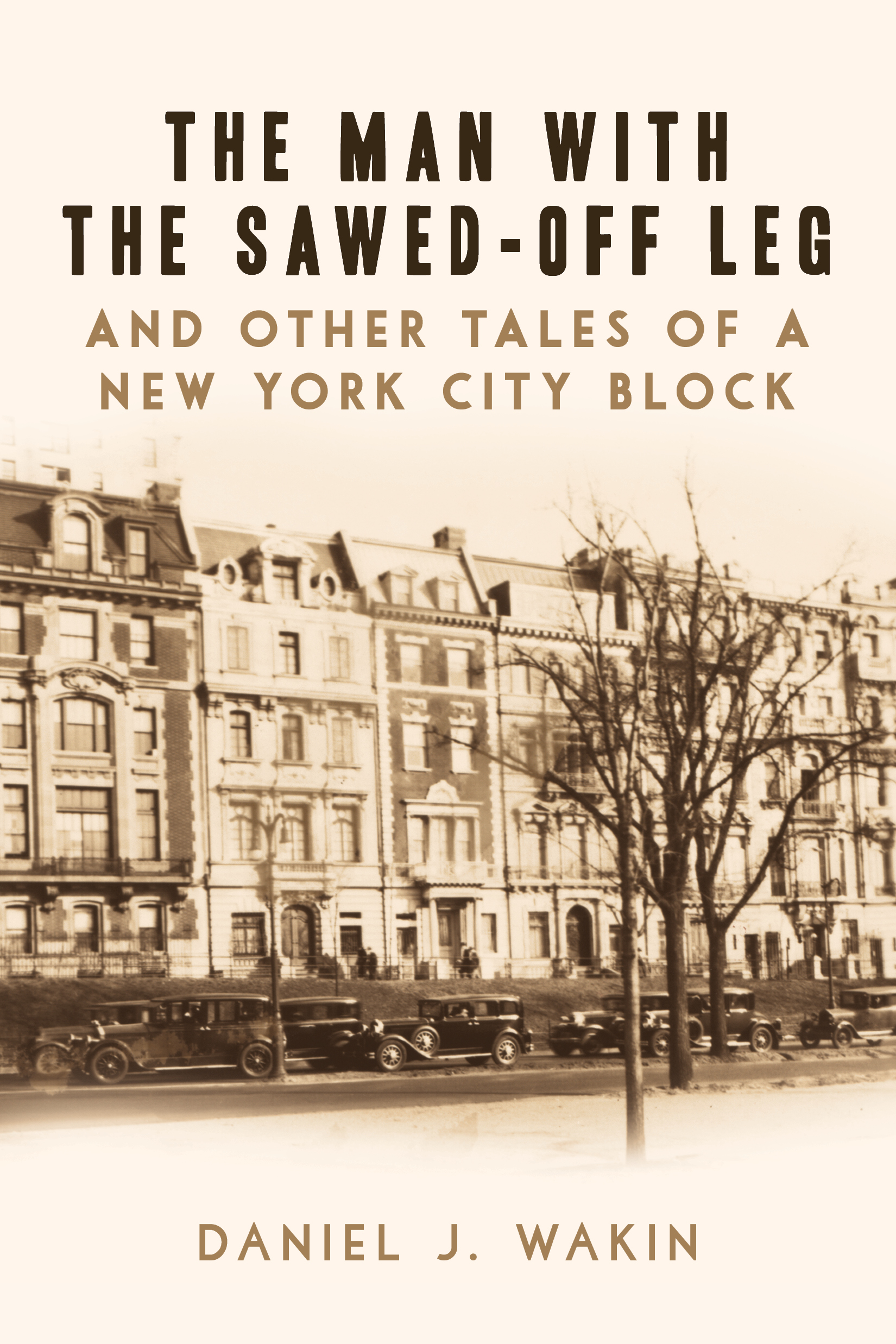
Why did you decide to turn your initial article into a full-length book?
After I wrote the piece I kept doing research. As the material piled up, I decided to write a narrative of the facts I was gathering, just to keep it organized. Fleshing out the stories in prose form became a real pleasure, something of a distraction from the daily hurly-burly. Then, at one point, I was chatting with an agent I knew from school days, Andrew Blauner. He casually asked if I was working on a book and it was then I guess I realized I was! He encouraged me to go forward.
Tell me something about the research process. What tools did you use?
First off, the first draft of history, newspapers, were a great starting point. The archives of the Times, Brooklyn Eagle and Herald-Tribune, among other papers are online. I had help from librarians and archivists, notably at the Brooklyn Public Library and library of John Jay College. I went down to Varick Street to pull original trial documents from the 1930s. Alcatraz, where a couple of my gangsters were in residence, has prison files available on request through the National Archives so I had them sent to me. I did a Freedom of Information request to the U.S. Justice Department, which yielded more info on the gang that used one of the townhouses as a safe house.
The U.S. Census gave me key info on who lived where and when, but also details on their lives. I had access through Ancestry.com, which is another great resource, if you are willing to pay. City building records, on the Department of Buildings site, and through the City Register’s office, helped.
Some of my best material came from a descendant of one of the original families, whom I was able to contact because she stopped by one of my buildings to visit (she used to go there as a child). A current resident remembered her name and she provided some fantastic original documents, including letters. And of course there were interviews with a few former residents or family members, as well as current residents.
The title of the book is fantastic. Can you tell us something about the gangster who was the man with the sawed off leg?
In digging into the stories of each of these buildings, the gangster story, the robbery of an armored car in Brooklyn outside a Rubel ice company warehouse just leaped out. I mean, how could it not?
It was a terrific gangster tale that involved lots of great characters and brought together two future mayors, the scourge of Murder, Inc. and some of the most storied police investigators of the century. I simply had to flesh out the story and tell it.
But then I was faced with a conundrum: the Rubel heist was really a separate tale from the biographies of the buildings, although a critical chapter took place in one of them. So I had the heist story, and the smaller biographies. I decided to solve the problem by structure: I would alternate heist chapters with individual building chapters. My goal was to create some suspense by periodically breaking off from the heist narrative, but also providing contrasts between the artistic and industrial characters in the other buildings and the New York lowlifes in the heist part.
I hope it also makes for a more flexible reading experience. You can dip into each building’s history and ignore the gangsters, or skip the building stories and just read the gangster narrative. Or hopefully, read both!
The robbery was one of the biggest stories of the 1930s. A movie, Armored Car Robbery was based on it, [and] the characters figured in William Kennedy’s novel, Billy Phelan’s Greatest Game and in an episode of Gang Busters. The newspapers covered the case exhaustively, the New Yorker did a two-part series (one of the authors was Jack Alexander, who was the first to put Alcoholics Anonymous on the map). Then, it was forgotten. So the book is an effort to revive that memory, too.
Here’s the gist of the story: a group of Albany gangsters associated with Legs Diamond and thugs from the West Side banded together and carried out a meticulously planned stickup of an armored car, escaping by boat across Gravesend Bay. Only 3 members of the gang of 10 went on trial. Several were in jail for other crimes and several more committed suicide or were mysteriously murdered.
My biggest disappointment was not getting the trial record. The Brooklyn DA’s office had no records, and the court file seems to have been lost.
Can you give us a few teasers about some of the other folks who lived in the townhouses?
The people who lived in the Seven Beauties were truly fascinating, eclectic and accomplished. You have the business folks: R.B. Davis, founder of Davis Baking Powder; Lothar Faber of Eberhard Faber pencils; and Raymond Penfield, the second president of Goodyear Tire. Then, on the artistic side: Julia Marlowe, one of the great Shakespearean actresses of her day; Michael De Santis, a portrait painter who died penniless and alone; Saul Bellow, Duke Ellington, and of course Marion Davies, the mistress of William Randolph Hearst, whose presence is memorialized on a sign on the block marking the landmark district.
One of my favorite stories is about Jokichi Takamine, a turn-of-the-20th century Japanese biochemist who built a fortune on the discovery of a fermentation agent and the isolation of adrenaline. He was one of the first people to patent a biological agent, [and] a tireless champion of Japanese culture in the United States who faced racism, including the Yellow Peril campaign of prejudice of the Hearst papers. He is a great scientist honored in his country of origin but almost completely forgotten here.
Are the townhouses landmarked? Have any of their interiors been preserved?
The buildings have been protected by landmark status since 1973, when the Riverside-West 105th Street district was established. The zone includes the Seven Beauties, extends through much of 105th Street and back around the other corner for a few doors on 106th. The buildings mostly date from 1899-1902, and are especially lovely because of covenants at the time of construction ensuring that they look good. Being built around the same period of time kept them harmonious, too.
Number 330 Riverside Drive, especially, preserves the spirit of the past. The original family lived there into the 1950s and it has had only two other main owners since then, both Catholic institutions, so it was never carved up into apartments. The current owner, Opus Dei, a conservative Catholic entity, has maintained the home’s interior beauty. I’ve taken a tour, and compared what I saw with photographs from its earliest years, and it’s amazingly similar.
Walking inside is almost like entering a time capsule. One big change is that the ballroom has become a chapel. But, original furniture remains, including a massive sideboard in the dining room, the dining table and chairs. The original woodland murals are still on the dining room walls.
Any plans for other books?
I don’t have anything specific in mind, but would love to do another New York City historical book. Andrew Haswell Green, one of the great figures of the city’s history, a real founding father of the place as we know it, has always fascinated me. He’s another character who probably hasn’t gotten the recognition he deserved.
He was also shot to death at 83 in another sensational tabloid story. Also, I’d like to write about Mozart somehow, or perhaps something about classical music in general. Not that there’s much of a market for that, but who knows. I’m happy to hear some suggestions!
Anything else that you think we should know about the process of researching and writing your book?
Researching so exhaustively, and thinking so deeply, about buildings that I’ve grown up around and walk by constantly to this day has felt a little weird, almost like I know a little too much about my neighbors, not human ones, but structural ones. But the act of bringing forgotten stories to light is really satisfying. And the writing of it, so different than my journalistic writing, was a real source of pleasure. I also look on the book as something of a love letter to New York.
You Might Also Like


















